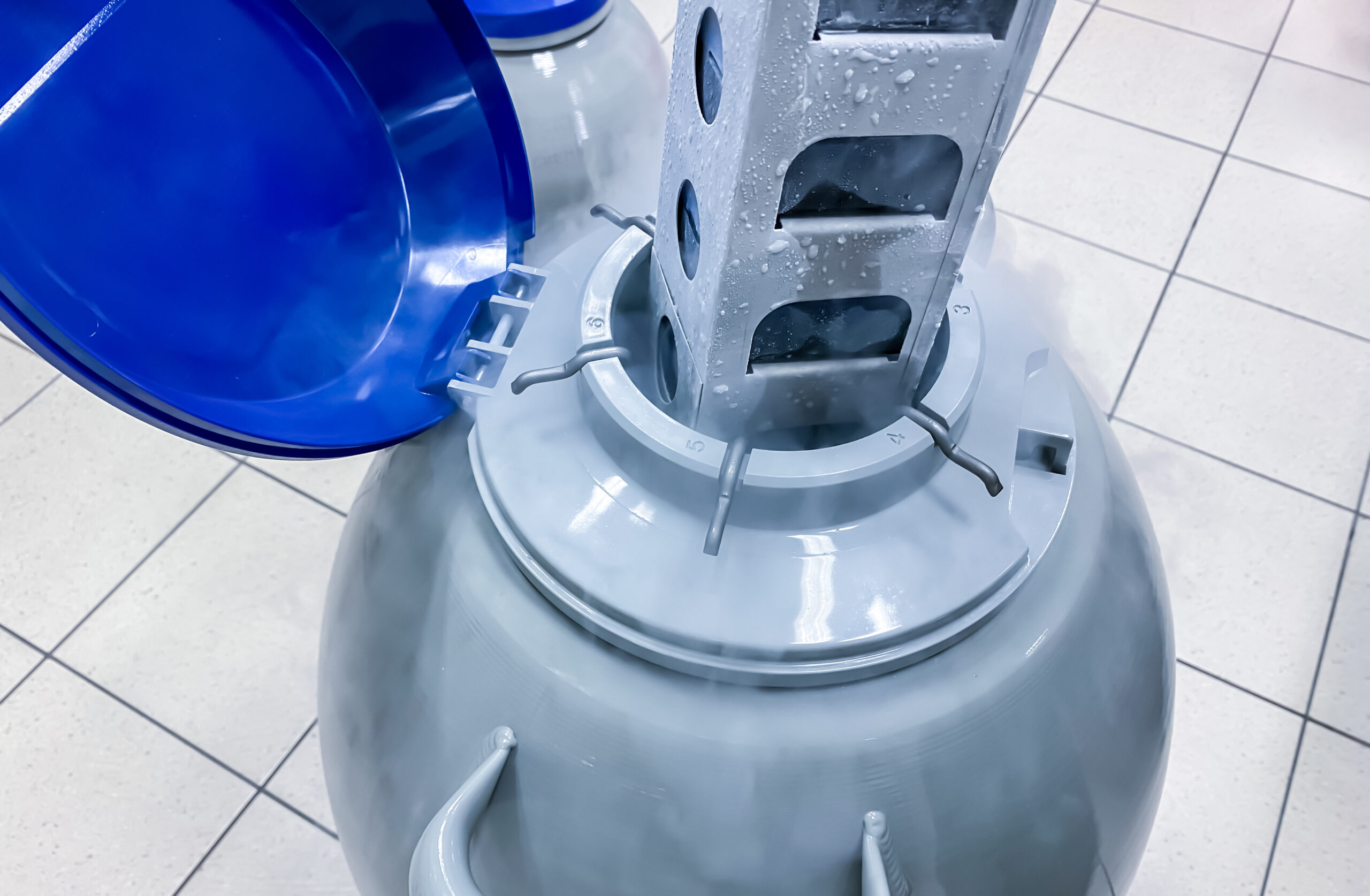Unveiling The Future of Cryopreservation: The Next Step in Biological Evolution
Cryopreservation, the process of preserving biological tissues or organs at extremely low temperatures, has long been a staple of science fiction – an enchanting symbol of mankind’s quest for immortality. Today, the technology isn’t just an idea spun from the loom of science fiction but a reality that’s moving into an exciting new era. With advances in nanotechnology, biotechnology, and computing, cryopreservation is poised to reshape our approach to healthcare, conservation, and perhaps even human longevity.
The basis of cryopreservation revolves around the preservation of viable cells, tissues, or organs by freezing, typically with the aid of a cryoprotectant to prevent ice crystal formation. This field has already made its mark in medicine, playing a crucial role in areas such as in vitro fertilization, organ transplantation, and even blood banking.
However, the future of cryopreservation promises much more as we seek to improve upon current techniques, particularly in preventing cryoinjury. One of the most promising methods being investigated is vitrification, a process that transforms biological tissues into a glass-like state using high concentrations of cryoprotectants. This technique, once fully mastered, could herald a new age for organ transplants, effectively eradicating waiting lists and significantly increasing the pool of viable organs available.
Nanotechnology is also stepping into the limelight, aiming to reduce cryodamage. Nanoparticles, due to their small size and ability to interact at the cellular level, could be used to distribute cryoprotectants more effectively throughout tissues, reducing the risk of damage from ice crystal formation.
The application of cryopreservation extends beyond medicine. It’s also becoming an important tool for preserving biodiversity. ‘Frozen zoos’ or ‘biobanks’ are increasingly becoming a reality, storing the genetic material of endangered species for possible future cloning and reintroduction.
Of course, the idea of human cryopreservation captures the most public interest, albeit accompanied by intense scientific and ethical debate. Today, numerous organizations offer cryonic suspension services, banking on future medical advancements to revive the preserved individuals. While we’re still far from having the technology to revive a fully cryopreserved human, it’s not outside the realm of possibility, and the advancements in cryopreservation techniques and adjunct technologies offer a glimmer of hope.
At its core, cryopreservation challenges our concept of life and death, stretching the boundaries of biological possibilities. As we navigate the journey to perfect this technology, we must remember to tread with responsibility. Ethical considerations, regulation, and public discourse must go hand in hand with scientific progress to ensure that the power of cryopreservation is wielded for the betterment of all.
In conclusion, the future of cryopreservation stands at the intersection of fascinating possibilities and daunting challenges. The scientific advancements within our grasp could revolutionize not just medicine and conservation, but potentially how we perceive and approach life itself. While the path ahead is wrought with uncertainties, one thing is for sure – the era of cryopreservation has only just begun.


No Comments